History is a tapestry of human civilization, woven together by the stories of ancient cultures, remarkable achievements, and significant events. Throughout the world, there are countless historical sites that serve as windows into our past, offering a glimpse of bygone eras and the people who shaped them. In this article, we will take a journey to the top 5 historical places in the world that stand as testaments to the rich tapestry of human history.
-
The Great Pyramids of Giza, Egypt
We begin our journey with one of the most iconic historical sites on the planet, the Great Pyramids of Giza in Egypt. Built over 4,500 years ago, these colossal structures are a testament to the ingenuity and architectural prowess of the ancient Egyptians. The Pyramids were constructed as tombs for Pharaohs and were among the tallest man-made structures in the world until modern times. The precision with which the pyramids were built continues to baffle historians and archaeologists, showcasing the remarkable knowledge and craftsmanship of the era. The Great Pyramid of Giza, in particular, is a sight to behold, standing as the last of the Seven Wonders of the Ancient World and a symbol of Egypt’s enduring historical legacy.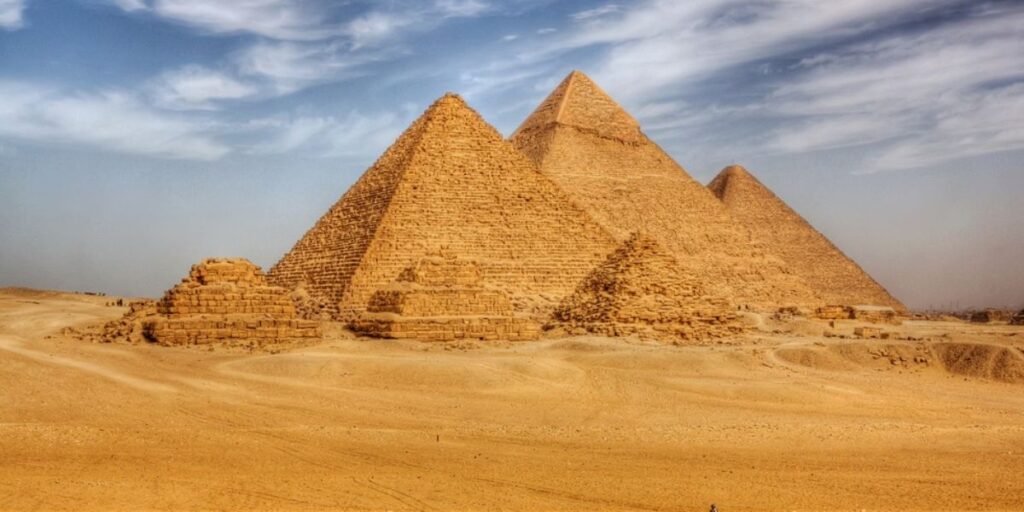
-
Machu Picchu, Peru
Nestled high in the Andes Mountains of Peru, Machu Picchu is a stunning archaeological wonder that transports visitors to the heart of the Inca Empire. This ancient city, built in the 15th century, was abandoned during the Spanish Conquest and remained hidden from the outside world until its rediscovery in the early 20th century. Today, it is a UNESCO World Heritage site and one of the most visited historical places in South America. The architecture of Machu Picchu is a testament to the advanced engineering and astronomical knowledge of the Inca people. The site offers breathtaking panoramic views and a sense of awe that captures the spirit of a once-great civilization.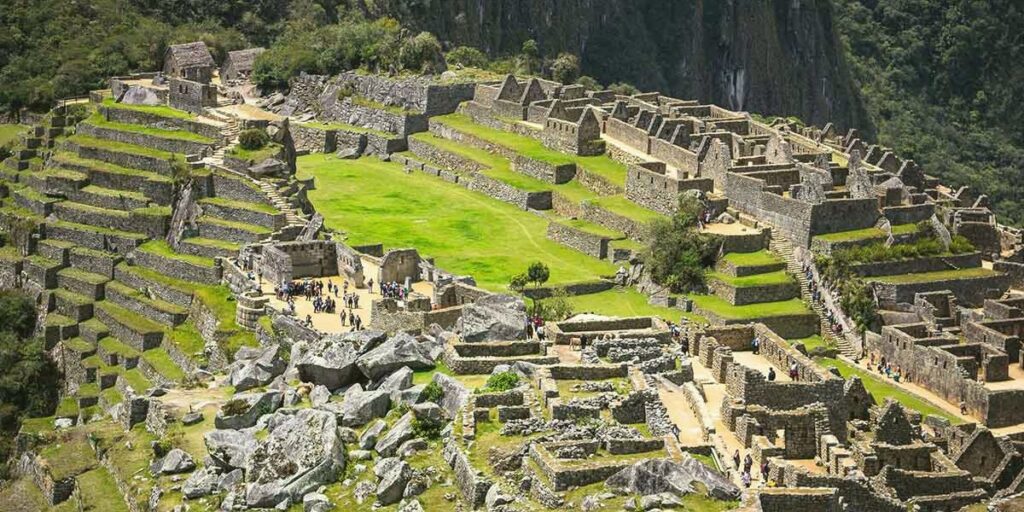
-
Acropolis The, Athens, Greece
Perched on a rocky outcrop above the city of Athens, the Acropolis is a symbol of ancient Greek civilization and a remarkable historical site. This UNESCO World Heritage site features a collection of ancient buildings, including the iconic Parthenon, which was constructed in the 5th century BC. The Acropolis served as a religious and civic center and remains a testament to the Golden Age of Greece, a period known for its contributions to art, philosophy, and democracy. The architectural precision and aesthetic beauty of the structures on the Acropolis are a testament to the Greeks’ commitment to excellence and their profound impact on the development of Western civilization.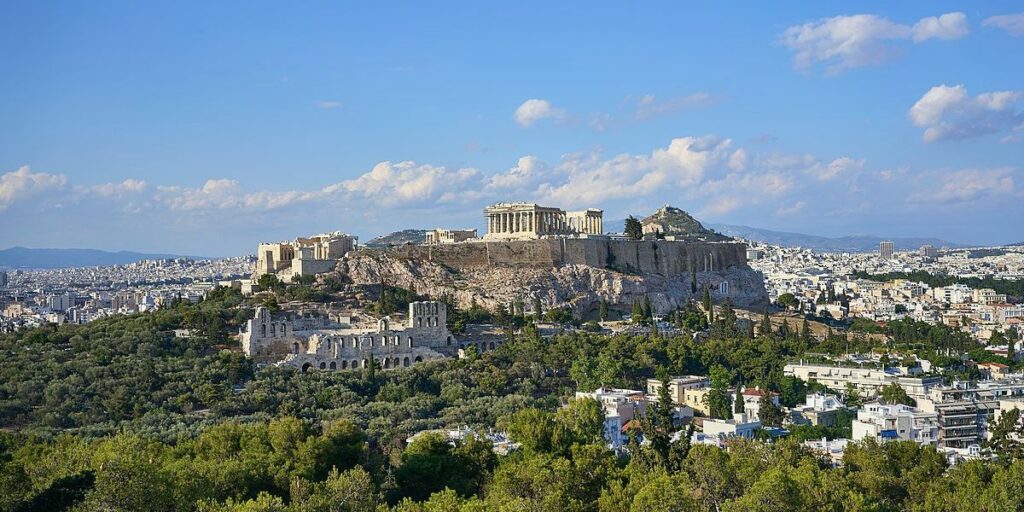
-
The Colosseum, Rome, Italy
The Colosseum, also known as the Flavian Amphitheatre, is an enduring symbol of the grandeur and engineering expertise of ancient Rome. Constructed in the 1st century AD, this colossal amphitheater could hold up to 80,000 spectators and hosted a variety of events, from gladiator battles to theatrical performances. The elliptical shape of the Colosseum allowed for optimum viewing angles, and its intricate underground system provided for a breathtaking array of special effects. Today, it is a symbol of Rome’s historical might and stands as a testament to the architectural and engineering prowess of the Roman Empire.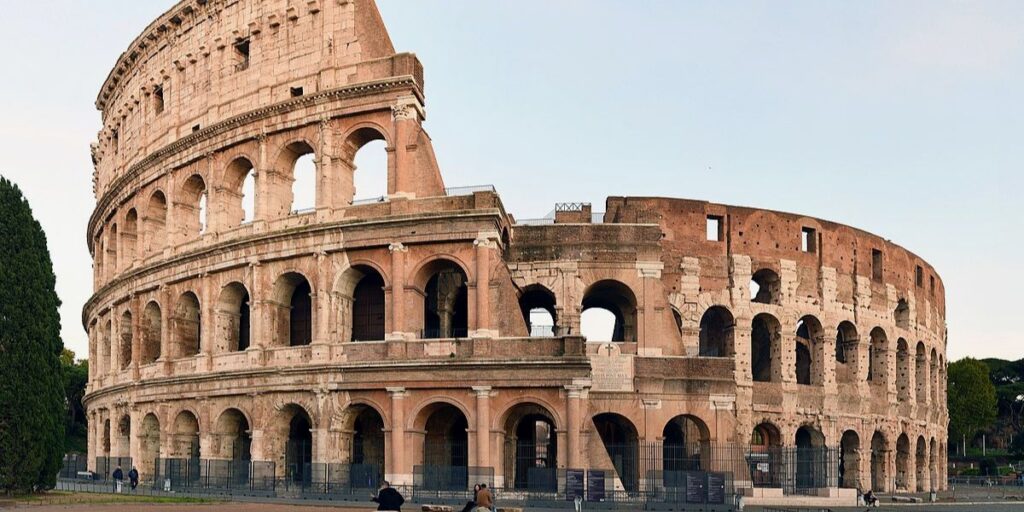
-
Petra, Jordan
Our journey concludes in the heart of the Jordanian desert with Petra, an ancient city carved into the rose-red cliffs of southern Jordan. This archaeological marvel was once the thriving capital of the Nabataean Kingdom, which controlled critical trade routes in the region. The city’s most famous structure, Al-Khazneh (The Treasury), is a stunning example of the Nabataean’s advanced architectural and engineering skills. The rock-cut city of Petra is an UNESCO World Heritage site and draws visitors from around the world to explore its intricate tombs, temples, and amphitheaters, all set against the breathtaking backdrop of the desert landscape.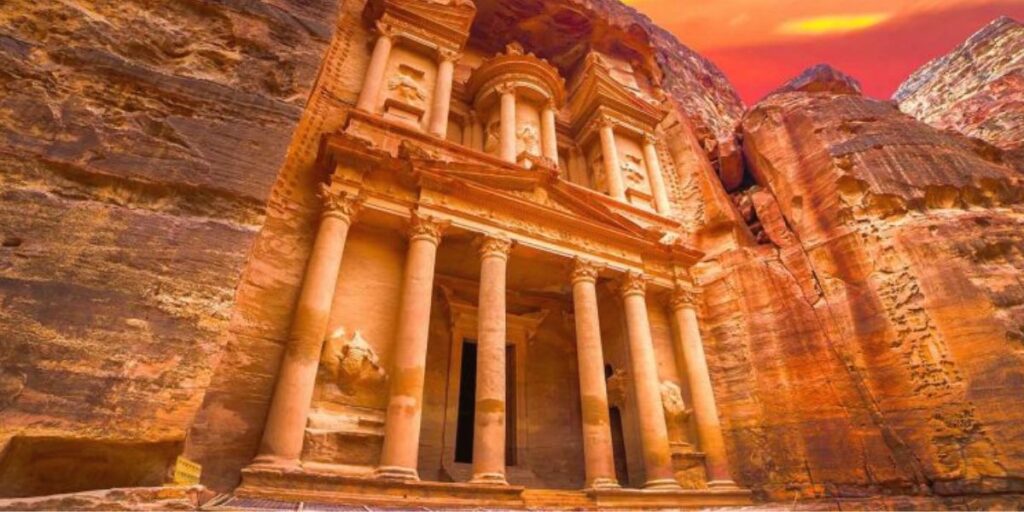
Conclusion:
The world is a tapestry of historical places in the world, each offering a unique glimpse into the past and the stories of the people who lived there. The top 5 historical places we’ve explored in this article – the Great Pyramids of Giza, Machu Picchu, the Acropolis, the Colosseum, and Petra – are just a few examples of the countless treasures our planet holds. They stand as testaments to human ingenuity, culture, and history, inviting us to connect with our roots and appreciate the legacy of those who came before us.
Visiting these historical places not only offers a chance to marvel at the architectural wonders and the archaeological achievements of the past but also provides an opportunity to reflect on the lessons and inspirations these sites offer to modern generations. They remind us of the profound impact our ancestors have had on our world and encourage us to preserve and protect these cultural treasures for generations to come.


